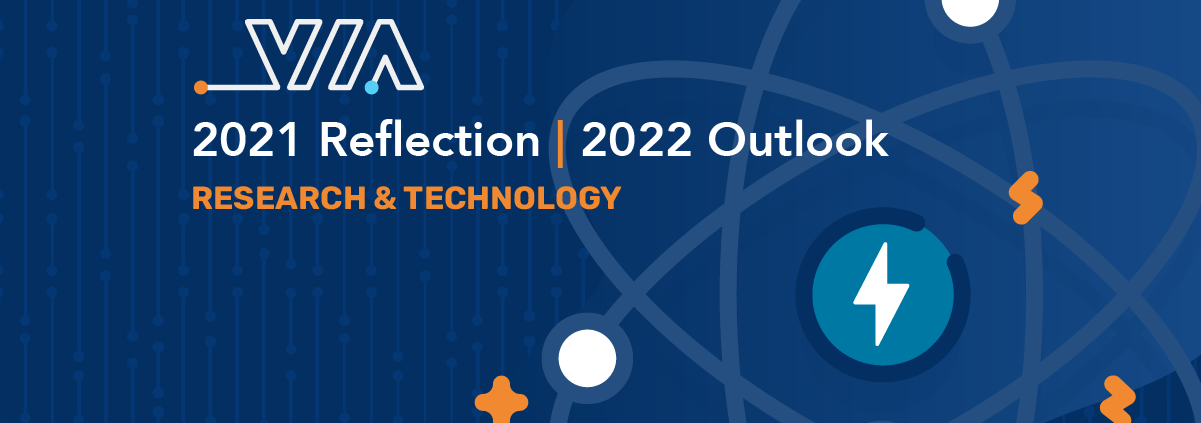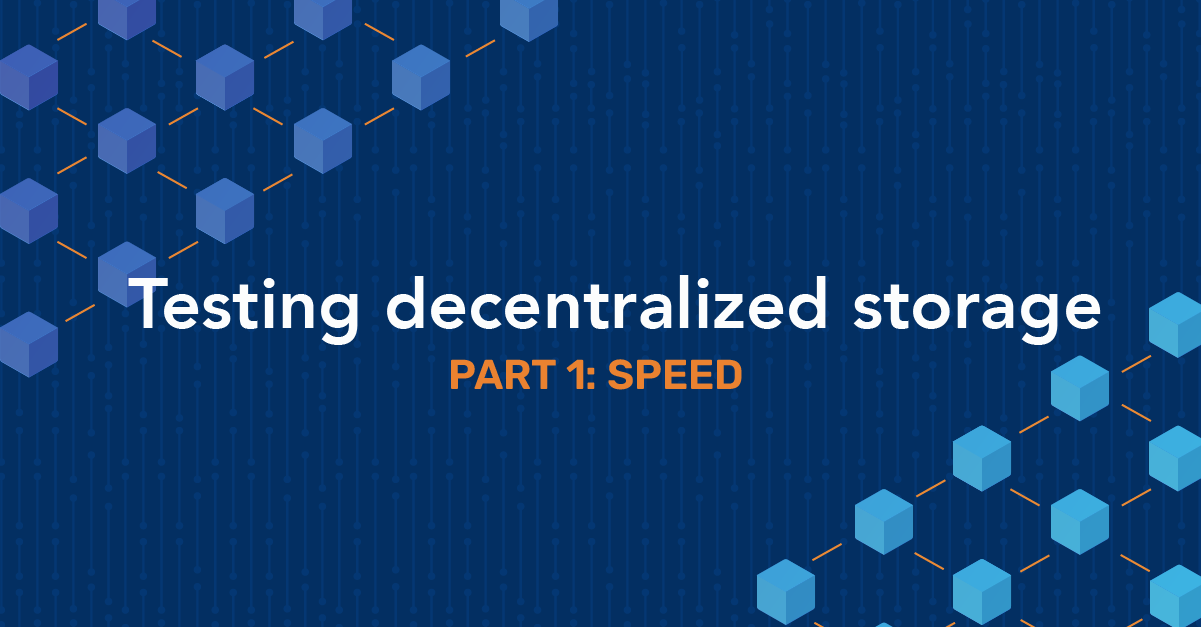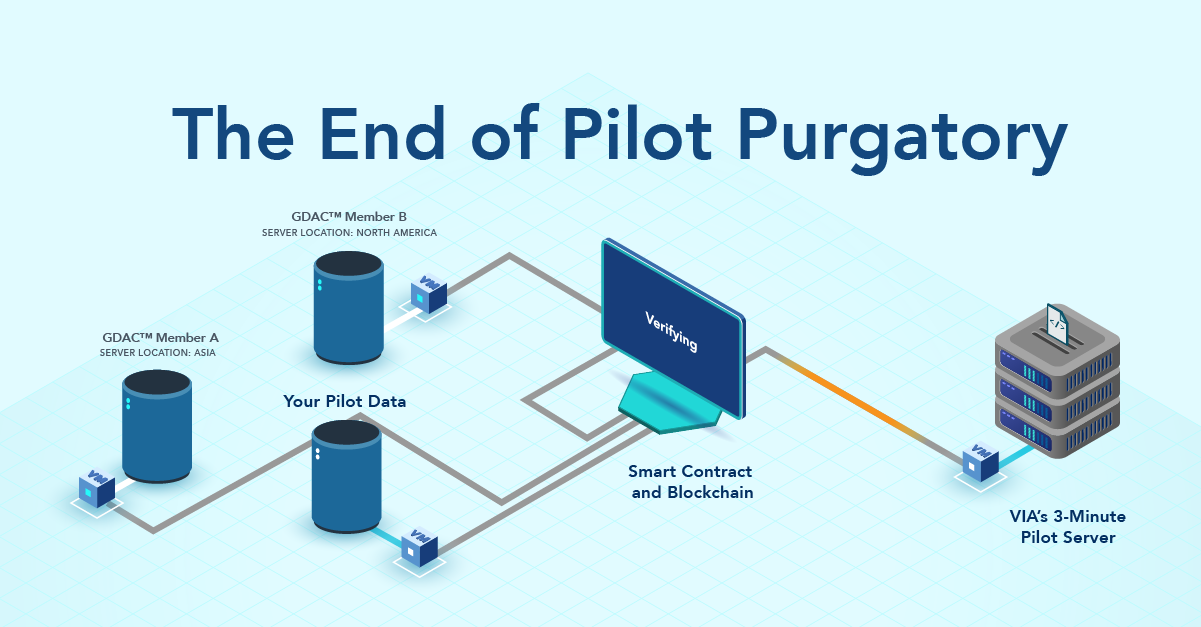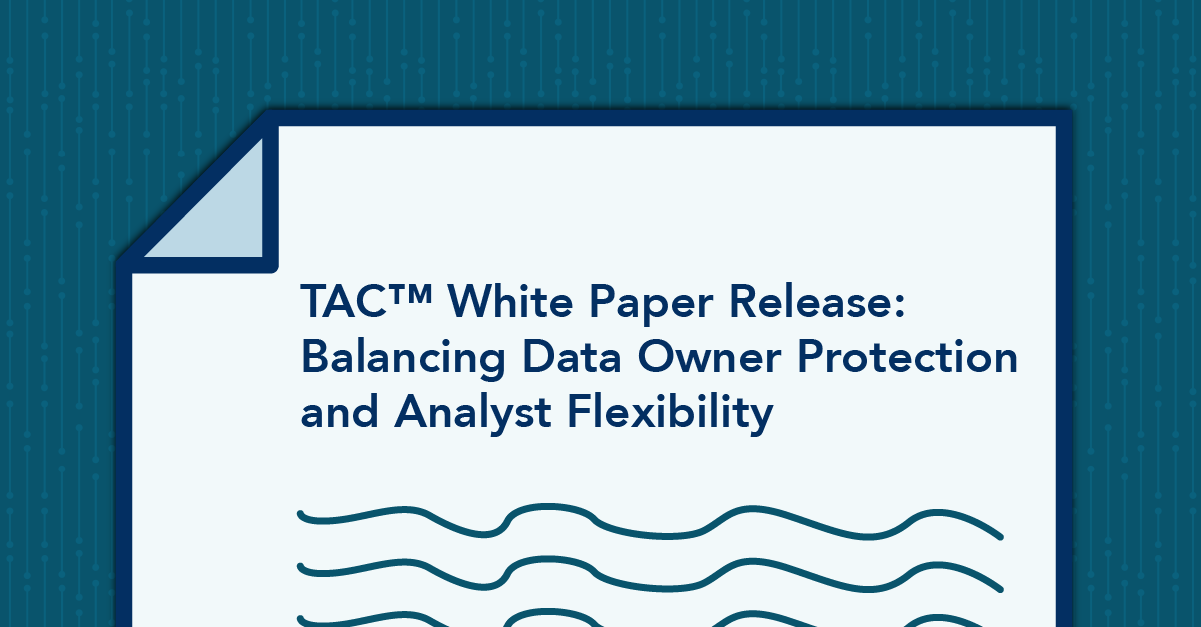End of Year Reflection
Research and Technology
As this year comes to a close, we are taking our readers on a journey through 2021 in this three-part reflection series written by a variety of VIA’s leaders. The series covers the incredible milestones VIA has achieved in laying the foundation for big things ahead in 2022 as we Scale Up!
In 2021, VIA began to harvest some of the fruits of our research and previous development efforts of years past. We’re proud to share with you our technology accomplishments and what will make 2022 another record breaking year.
Technology Platform: Security and Agility
2021 was a year filled with major accomplishments for our technology platform.
Our VP Architecture, Jesus Cardenes, along with the entire DevSecOps team, pioneered a number of significant security enhancements to our data privacy-preserving analytics platform, TAC™. In 2020, we released the capability to run TAC™ in a multi-cloud environment and continued to enhance these capabilities this year. In 2021, thanks to a robust container hardening pipeline, VIA celebrated having the first U.S. Department of Defense-wide cybersecurity accredited blockchain application. As part of our cybersecurity accreditation, we ensured that we migrated TAC™ to a Zero Trust Architecture and implemented Least Privilege Principle cybersecurity practices throughout our full product suite.
This year, TAC™ scaled as an application platform and currently supports multiple distinct analytics capabilities. Technical Architect, Ashley DaSilva, and her team put the TAC™ Ingestion Engine into production. This enables applications to orchestrate complex data ingestion and transformation workflows like taking thousands of files and automating their wrangling into an AI-ready database format. Early in 2021, execution auditability was demonstrated by our Technical Architect, John Muddle and his team, and was further developed by fellow Technical Architect, Madjid Aoudia, and his team demonstrating a highly scalable and auditable analytics system for satellite image data. These new features are key enablers for VIA’s full solution range, including VIA Insights Market™, GDAC™ Transformers, SWEET™, and JARVIS™.
There’s a Patent for That
In 2021, we were proud to have been granted our first patents developed by our VP Engineering, Kai Cheung, and fellow collaborators. These initial patents protect innovative technologies for homomorphic encryption and machine learning model evaluation. We also filed three new patents, ranging in scope from encrypted search, decentralized aggregation, and workflow threat mitigation. This brings VIA to a total of more than ten pending patents. We look forward to positive news on several of these filings in 2022. These technologies make TAC™ more secure, improve model execution performance, and lower power consumption. You’ll hear more about our efforts to reduce the carbon intensity of AI in 2022.
Research: Setting the Stage for Big Things
In 2020, we began work with our university research partner HSLU, smart meter manufacturer Landis+Gyr, and the Swiss Federal office of Energy. We finalized our first use cases that will help Distribution System Operators (DSOs) understand how technologies like electric vehicles, solar power generation, and battery storage are driving changes in the Swiss power system. In 2021, the team developed novel privacy-preserving algorithms to detect congestion in power systems, and completed a study of federated learning and model personalization for improved energy consumption forecasting. These technologies are being deployed at the edge, directly on smart meters and will be field tested in the first half of 2022.
In 2022, we look forward to the start of a research collaboration with the University of British Columbia (UBC) on demand response for grid stabilization. The project will include the development and testing of blockchain-based algorithms for coordination between distributed energy resources across multiple distribution feeders. At VIA, we see this project as the start for a number of avenues of research collaboration into data-driven and privacy-preserving AI solutions for power system stabilization.
With all of our technology advancements in 2021, we were able to meet the needs of our customers, accept prestigious awards, and set the foundation to scale in 2022. The last blog in this series will highlight these major milestones we achieved as a company this year.
Research and Technology







